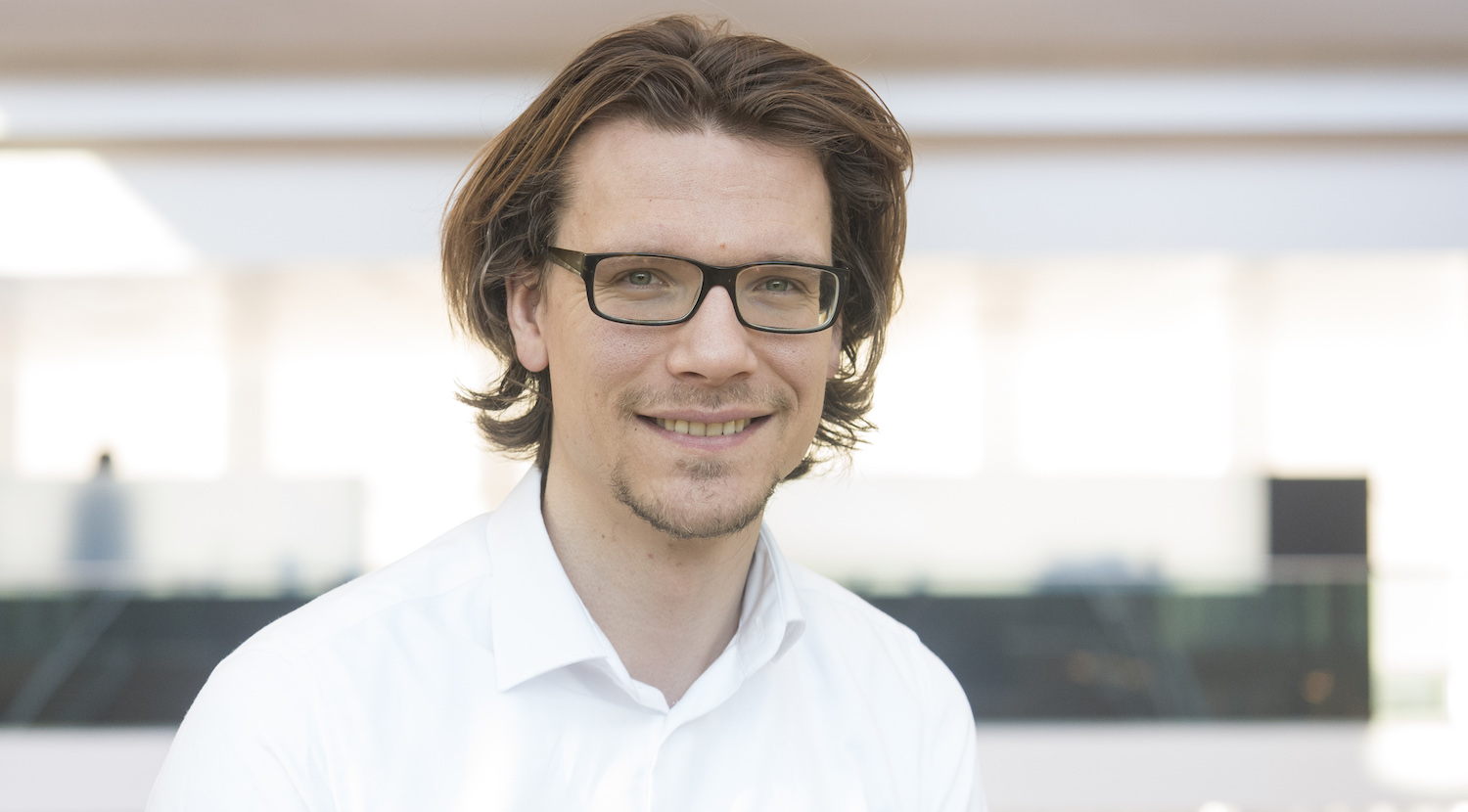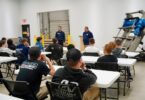The invention of piped sanitation systems has rightly been credited as one of the most significant medical milestones of the last century.
People blessed with access to functioning toilets can often forget about the hidden, engineering marvel taking away their waste with a single flush.
Conventional urban systems transport potable water for consumption and bring back wastewater for treatment over long distances. Yet what if these processes could be complemented with in-home or community water recycling or saving systems?
There is abundant research on these decentralised systems in developing nations, but what about developed countries? After all, it’s hard to directly compare waterless toilets in Sub-Saharan rural Africa to an urbanised, densely populated developed European city.
Addressing this knowledge gap, a four-year EU project called Social Evaluation of New Sanitation Experiments (SENSE) aims to improve the understanding of the diversity and perceptions of decentralised solutions in practice.
The transdisciplinary collaboration – of utilities and research institutes – will examine thousands of end-users’ experiences and perspectives in six demonstration sites that use a mixture of technologies over four years, including water-saving toilets, recirculation showers, food grinders, rainwater recycling systems, and resource and energy recovery technologies.
The demonstration sites differ in scale, socio-economic context and technological configuration. This varies from Schoonschip’s floating sustainable neighbourhood in Amsterdam, a former military area turned residential neighbourhood in Hamburg, to newly developed harbour districts in Helsingborg and Ghent.
NV Waterleiding Maatschappij Limburg (WML)’s Strategy and Innovation Consultant, Diederik van Duuren said: “We have much research on the energy transition when it comes to socio-technology interactions and end-user perspective, but we don’t have it on water.”
“In the water sector, we normally look towards decentralised technologies in a uni-directional fashion, such as end-users acceptance and educating throughout the information. Transformative system innovations are far more complex than that.”
Van Duuren is involved in one of the demo sites, SUPERLOCAL, which could be called the genesis for SENSE. SUPERLOCAL is a circular neighbourhood in Kerkrade (the Netherlands) of 250 people, where black and grey wastewater are separated, energy and resources are recovered, and rainwater is treated to drinking water quality.
“SUPERLOCAL is too small in terms of drawing scientific conclusions,” he added. “In SENSE, we want to learn about new practices, roles, experiences of end-users living with these new types of technologies and innovations from a so far under-researched point of view.”
Over the four-year project, exploratory, conversational-based interviews, large scale surveys, and follow-up interviews will be conducted with homeowners in the Netherlands, Sweden, Germany and Belgium.
Scientific Researcher in the Circular Economy at KWR, Henk-Jan van Alphen, believes the research will eventually help utilities, real-estate developers and housing corporations together with citizens to better select technologies for their neighbourhoods.
“It’s not the case anymore where project developers build houses, and then standard sanitation technologies are installed before the home is listed on the market and sold.
“Neighborhoods are moving to co-creation models, linking utilities, municipalities, project developers and citizens, and the SENSE-project could provide these processes with information and knowledge to make the most informed choices,” he adds.
The ambition is for the project findings to make it easier for utilities and their customers to adapt decentralised technologies, while market parties will be able to design better sanitation technologies to improve end-user experiences.
Now in its second year, SENSE has already revealed some interesting perceptions on certain decentralised technologies. For example, in the notoriously expensive area in Schoonschip, a survey showed that over 50 per cent of people asked said their satisfaction with fitted vacuum toilets was “worse than they expected”.
The feedback focused mainly on the perceived noise and some functional failures, which related to challenges during installation of the different parts of the systems, according to van Duuren. In more recently developed areas with stricter installation guidelines and improved silent vacuum toilets, only 25% of the residents would choose a traditional toilet over a vacuum toilet.
In the long term, the successful use of decentralised systems could help to reduce water demand, recover valuable resources and energy as well as provide added social benefits of connecting utilities to customers.
“Changing the entire socio-technical system is complex and takes decades,” concludes van Duuren.
“Nonetheless, the SENSE research showed that end-users seemed to adjust easily and changed their practices within just a couple of months. Residents felt proud living in such sustainable neighbourhoods and even showed other environmentally friendly practices as a result of living with these sustainable technologies – so called spill-over effects. Institutional and professional practices and beliefs might be harder to change.”
Do you have an article to share? Click here to submit. If you’d like to subscribe to our weekly newsletter, click here.







